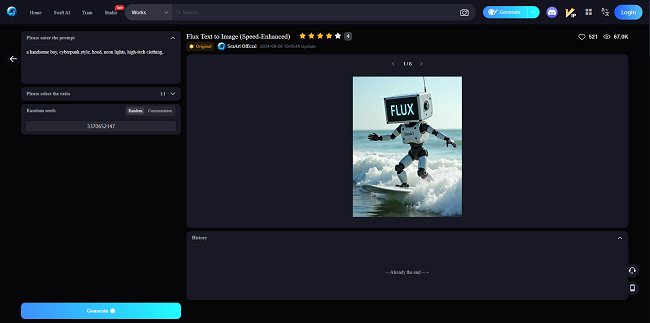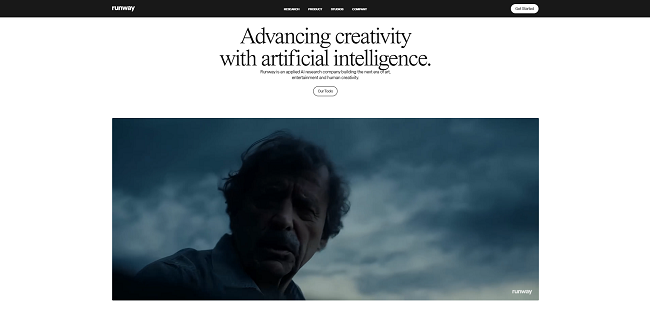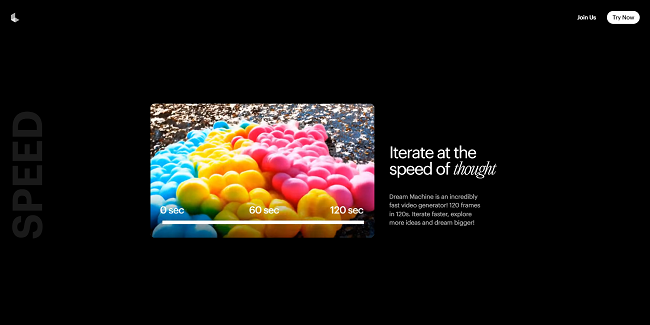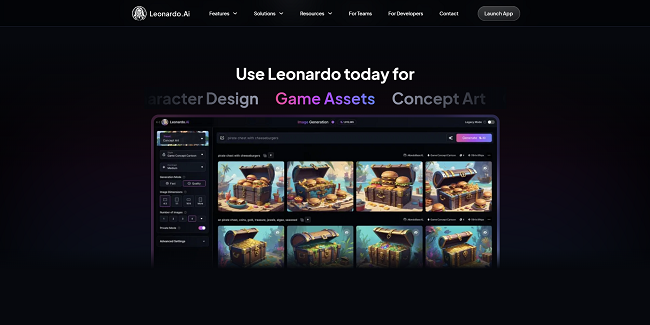
Comparing AI Image-to-Video Generation Models Using Flux.1
AI-generated content is evolving rapidly, with Flux.1 AI image generator being a standout AI image tool for producing high-quality, uncensored, and photorealistic images. But what if you could take it a step further?

In this guide, we'll explore how to convert Flux.1 images into videos using various AI image-to-video models. We'll compare the strengths and weaknesses of 3 platforms, so you can find the perfect method to create stunning image-to-video content online.
What Is Flux.1 and Why Use It for Image-to-Video Conversion?
Flux.1 is a cutting-edge AI model known for generating photorealistic images with minimal censorship. Its ability to produce a wide variety of content makes it an ideal candidate for converting images to video, providing the foundation for high-quality visual storytelling. By combining Flux.1 with image-to-video platforms, you can create dynamic, visually striking videos online.
Top Platforms to Convert Image-to-Video Online
When it comes to converting images into videos, several AI-powered platforms offer unique features and capabilities. Below, we'll explore some of the top tools available, comparing their strengths in terms of quality, pricing, and ease of use. Whether you're looking for automation or high-resolution outputs, these platforms provide reliable options for creating stunning image-to-video content.
1. Runway ML (Gen-3 Alpha Turbo)
Runway ML's Gen-3 Alpha Turbo is one of the top platforms for converting images to video. Known for its fast and realistic output, it offers a free version, making it accessible to most users. However, some minor glitches, such as unnatural motions, can occur.

2. Luma Labs (Dream Machine)
Luma Labs offers high-quality video generation with slightly lower resolution than Runway ML. Its models produce smooth animations and offer better value for budget-conscious users, making it an excellent choice for those looking to convert an image to video without breaking the bank.

3. Leonardo AI
Leonardo AI is unique in offering an API for automation, perfect for scaling your image-to-video workflow. While the results can be glitchy at times, its API integration sets it apart from other platforms, especially for automation enthusiasts.

Which Platform Is Best for Image-to-Video Automation?
For users focused on automation, Leonardo AI stands out as the top option due to its API support. Platforms like Runway ML and Luma Labs lack official API integrations, limiting their use in automated workflows. However, the landscape is changing, and future releases like OpenAI's Sora may bring new automation-friendly solutions.
Also Read: How to Create AI Animations and Memes Using Viggle AI
Conclusion: Finding the Right Image-to-Video Tool for Your Needs
Each platform tested—whether Runway ML, Luma Labs, or Leonardo AI—offers unique strengths for converting images to video. For realism and speed, Runway ML shines, while Luma Labs excels in offering value for money. If automation is key, Leonardo AI is your best bet. No matter your preference, the rise of image-to-video tools online means you have plenty of options for bringing your AI-generated images to life.

